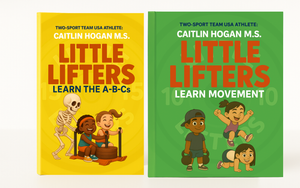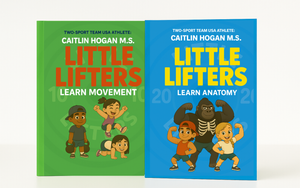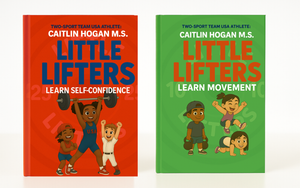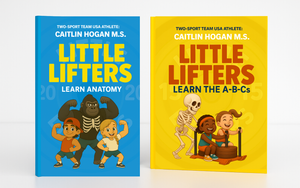⚖️ Find Your Footing: The Power of Balance in Child Development
Balance isn’t just about standing still—it’s about building confidence, control, and coordination from the ground up.
Whether your child is learning to walk, ride a bike, hop across a playground, or stay focused in class, balance is the base layer for it all. It’s one of the first motor skills to develop and one of the most important to maintain.
The good news? It can be built through simple, playful challenges that grow with your child.
🧠 Why It Matters
Balance helps kids:
-
Strengthen their nervous system and postural muscles
-
Develop proprioception (knowing where their body is in space)
-
Improve focus and attention
-
Move safely and confidently during both play and daily life
It’s also a key piece in helping kids manage transitions, stay calm, and avoid injury.
🧒 Movement by Age Group
▶️ Ages 2–4:
Activity: “Freeze & Sway”
-
Play music and have your child dance, then freeze like a statue on one foot.
-
Can they stay frozen for 3 seconds?
Activity: “Balance Line”
-
Use painter’s tape or a chalk line to walk heel-to-toe. Arms out like a tightrope walker!
Goal: Build basic postural stability and foot awareness.
▶️ Ages 5–7:
Activity: “Eyes Closed Challenge”
-
Stand on one foot for 10 seconds… now try it with eyes closed!
-
Bonus: Count out loud or sing while balancing.
Activity: “Balance & Move”
-
Stand tall on one foot while reaching arms overhead, clapping, or turning the head side to side.
Goal: Enhance coordination, dynamic balance, and nervous system control.
▶️ Ages 8–10:
Activity: “Balance Walk + Obstacle”
-
Walk along a narrow surface (tape line, beam, or curb) while passing a ball or reaching out to touch targets.
-
Add turns, slow steps, or speed changes.
Activity: “Core Balance Holds”
-
Balance on one foot with opposite knee raised, hold arms overhead, then slowly move the arms without wobbling.
Goal: Build fine control, core strength, and focus under challenge.
🔬 Science Spotlight
Balance is powered by a trio: the vestibular system, proprioceptors, and visual cues. Practicing balance activates and strengthens these systems, helping your child process sensory input more efficiently and respond to their environment with more control.
It also supports executive function, helping kids stay calm, focused, and better able to regulate emotions.
💡 Parent Tip:
Make it a daily mini challenge! “Let’s balance while brushing our teeth,” or “Can you freeze like a flamingo while I count to 10?” Little habits = lifelong skills.




0 comments